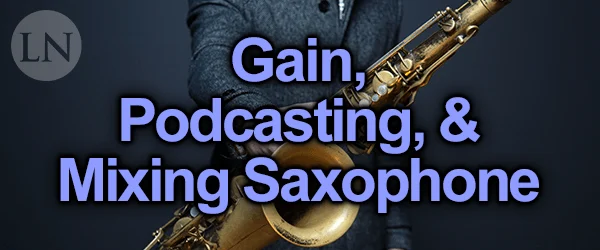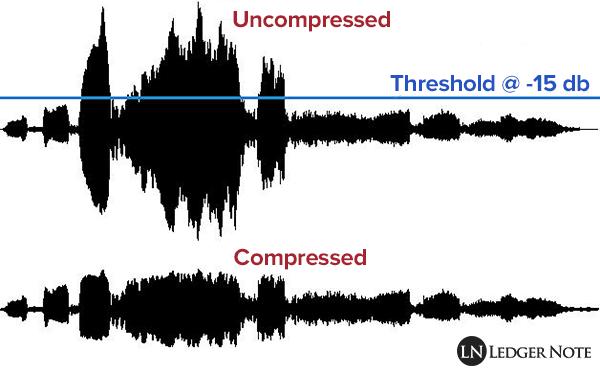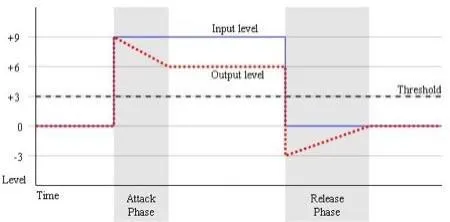We’ve been receiving a lot of emails from users lately, but not questions. Thankfully, several have been corrections for errors spotted in our articles, which we always appreciate. But in the meantime we did collect several solid questions, one of which we want to share here, basically asking how to mix saxophone. Let’s get right to it!

As always, a special thanks goes to Brigitta for correcting an ocarina tab mistake, and to Bill for catching a silly error about studio cables. Let’s move on to the question:
How to Mix Saxophone for Perceived Power
Question:
Good day to you. I’d like to thank you for your professional yet practical articles you’ve written to educate the public about sound and the music business. I’ve personally learned a lot from them.
I have a question about my recording setup. Recently, I have bought a Shure 98 Beta H/C condenser mic and a Scarlet Focusrite 2i2 interface to record my saxophone. Yet I’ve found that the sound has no power compared to what some videos have achieved on YouTube. Should I add an additional preamp for it or do I need to adjust my DAW settings in regards to reverb, EQ, and compression?
Thanks for the reply,
Ken
Answer:
Ken, thanks for typing nice things! You’re not just asking about how to mix saxophone but particularly about how to make it sound strong, thick, warm, and have a sense of power behind it.
You sound like you’re saying that volume isn’t the problem, but the perception of “power” isn’t there. You already have a preamplifier in your interface, which will adjust the volume of the microphone but will not shape the signal beyond boosting the amplitude. As far as preamps go, you’re fine, and you’re on the money as far as the effects you’ll want to be using.
Generally, when someone mentions power, they tend to be referring to the the end result of the compression effect. Compression does two things. It reduces the variances in volumes so that the loudest parts are less loud and that the quieter, subtler parts can be heard more clearly.

It also allows you to shape the sound using the attack and release. Lowering the volume of the peaks raises the average volume of the recording, which is how humans perceive loudness and power. You can find our simplest explanation of compression here, which will guide you in your experiments with crafting the perfectly powerful sound.

You will likely want to mix with equalization (before compression) to get rid of frequencies you don’t want like low-end noise and to slightly boost the signature frequencies a bit for your instrument. For instance, I like to EQ saxophones to have more of that raspy, smokey jazz club feel than a smooth pop sound.
That’s subjective and you’ll have to try out various attempts to find what you like. You may feel leaving more bass in the mix lends to the sense of power, but of course this will depend on the context of the recording.
Finally, you may find that adding a light reverb helps add that final “professional” touch, versus dry recordings others may be uploading. Brass instruments can get a little… annoying if they aren’t smoothed out a bit with even the slightest amount of reverb.
I hope this helps you with mixing saxophone!
Jared